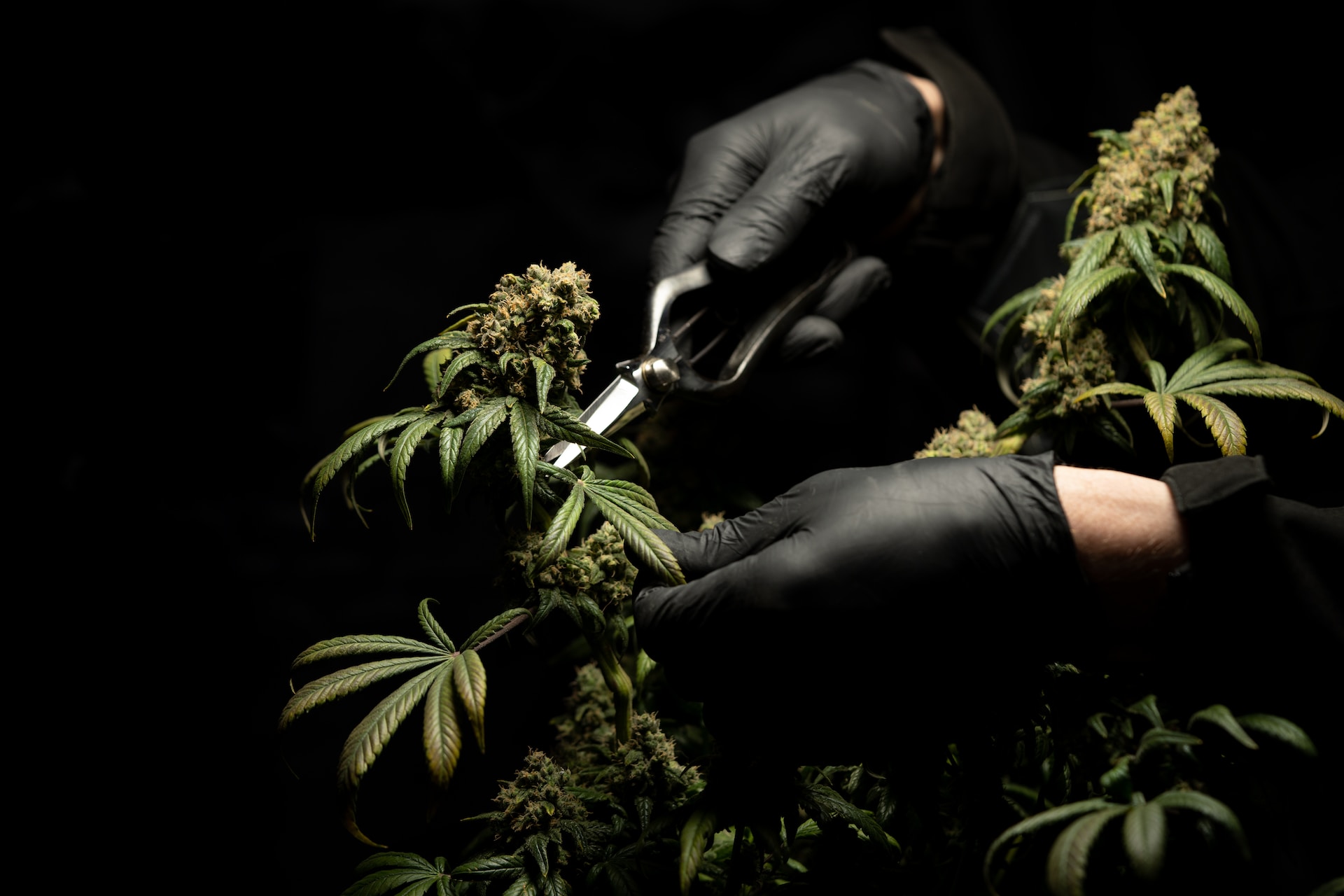
It’s easy to think that companies that focus on gardening and growing large trees will also have a positive impact on the planet. However, the production of sustainable cannabis is still in its infancy. Due to the various legal situations surrounding the use of marijuana, the legal cannabis industry often faces:
- Security measures are heavily monitored
- Strong packaging is required
- The law is growing
Most of these laws are meant to protect consumers, but it cannot be ignored that the business solutions that come from the laws have forced companies to turn green into brown. This is in part because indoor seeding is conducted after it is labeled as a schedule 1 drug and stays indoors to help meet growing product safety requirements (reducing level of mold and insects).
Cannabis producers face those challenges. For example, packaging regulations are not clear for resins, vape oils, and concentrates that encourage recycling due to current requirements to manufacture child-resistant systems.
Nevertheless, we believe that the future in which cannabis seeds are produced in “green” factories is not only possible, but inevitable.
Sustainable cannabis production: myth or reality?
Overcoming the challenges associated with creating a sustainable cannabis operation is no easy task. In fact, each pillar (cultivation, processing, distribution) affects the entire supply chain, from farm to consumption. Cannabis cultivation is now at the forefront of sustainability, creating sustainable agricultural solutions such as innovations in LED grow lights and growing reliability in greenhouses.
Although there is less pressure from regulators, cannabis producers understand that it is time to discuss identifying areas within their business where they can begin to do their part to improve cannabis production. to be true.
Economies of scale and sustainable production
Whether you’re buying craft bubble hash or making vape oil, economies of scale will affect your growth and profitability. Your business is profitable because of the number of products you sell or because of the high value of established buds with a popular terpene profile.
Both business models are refined by internal and external performance and these processes can and should be developed to support sustainable manufacturing. If you’re into cannabis, you may fall into one of two categories:
- You intend to increase your business to sell other products, allowing you to spread your expenses across other units;
- Or you intend to organize some great works of art and sell them for a high price.
Any suggestions can be helpful. One relies on internal economies of scale, while the other benefits from external economies such as farmers, producers and suppliers. – create new things for environmental relations.
Sustaining and achieving financial savings coupled with economies of scale should not be mutually exclusive. Cannabis producers who care about the future values, as well as those who want to be responsible for the environment, are looking for ways to develop their business without shortcuts that harm the environment. Let’s look at an example.

